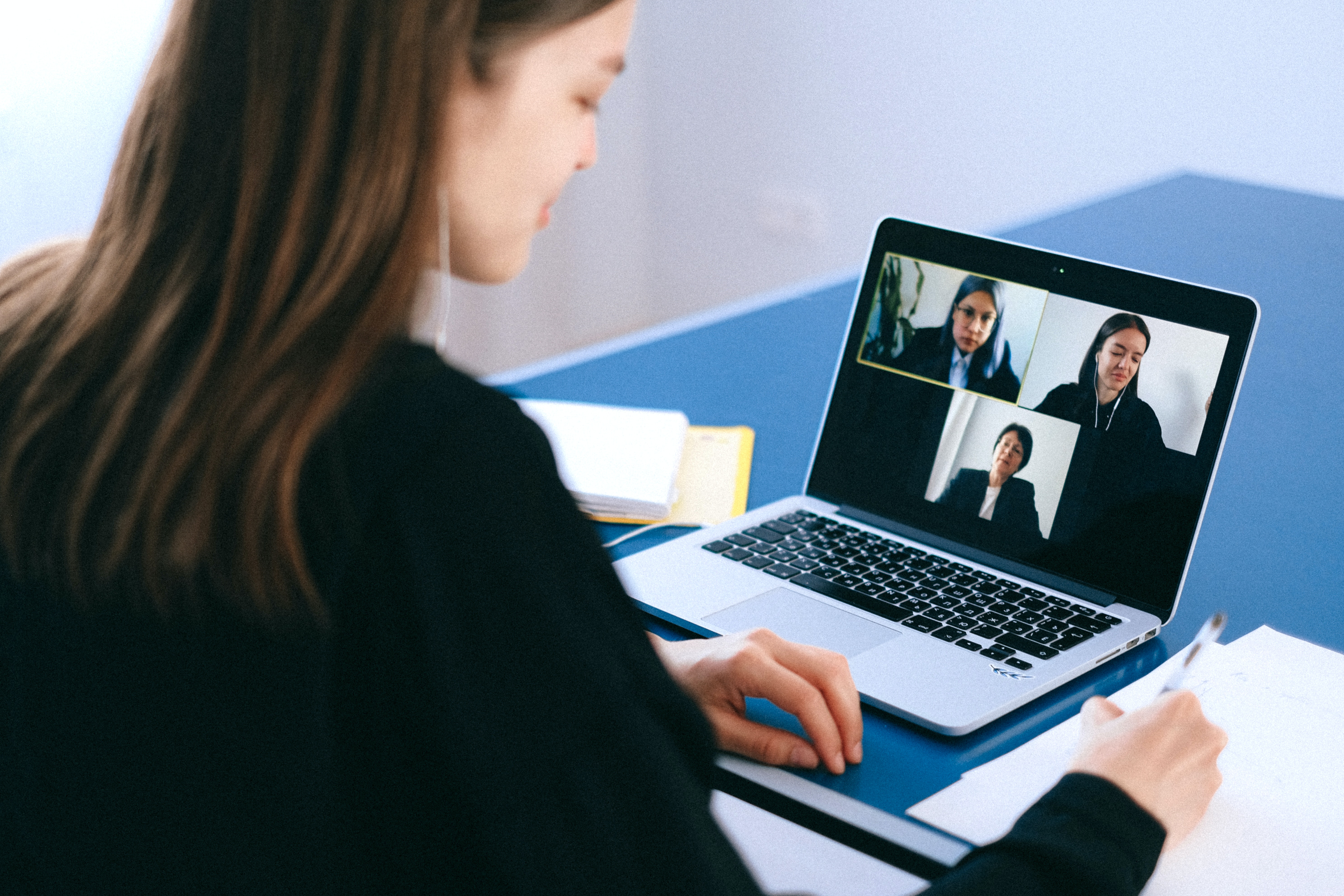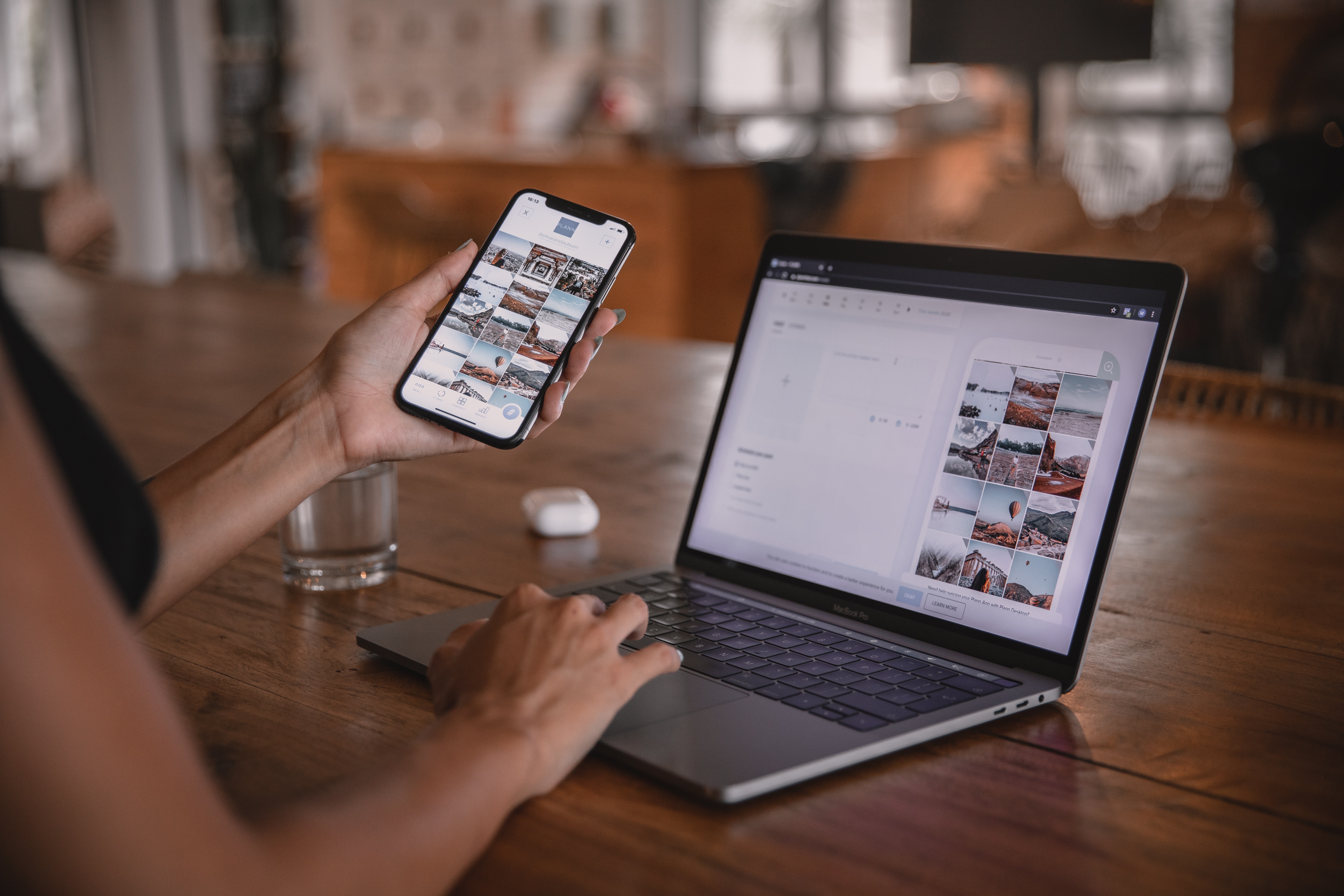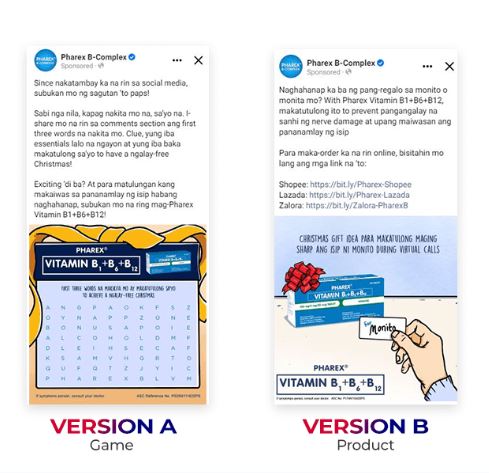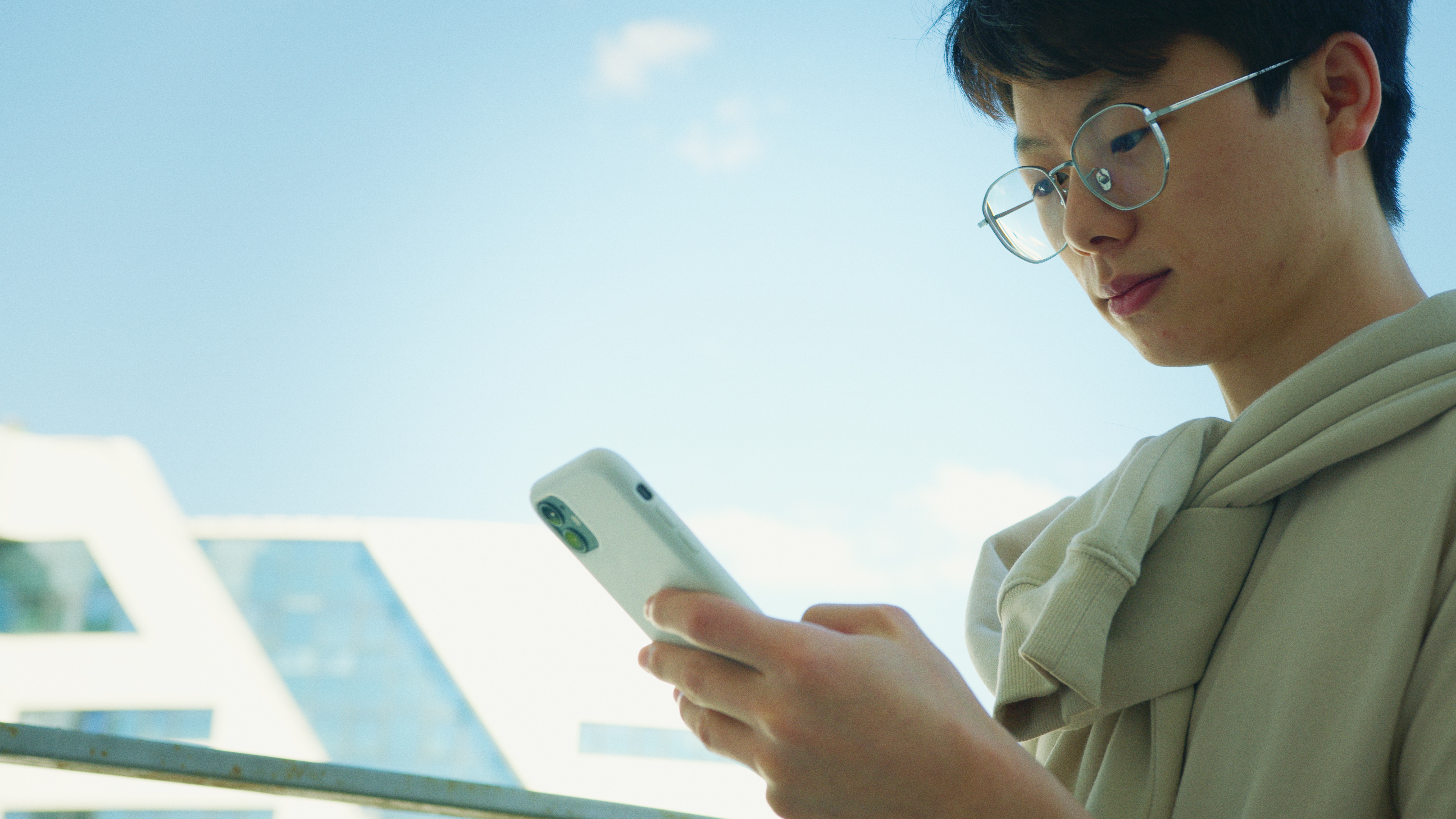Amazing opportunities await brands on TikTok!
After all, it is one of the most downloaded and used apps today, with over 18 Million active users in the Philippines alone. Local Philippine data also shows that a user opens the app an average of seven times daily, and the average daily time spent is up to 54 minutes.
According to a study by Wyzowl1, short-form mobile videos are the best medium to influence a shopper’s purchase behavior–and Tiktok is the leading destination for this popular format.
To help you run a successful and effective campaign on the platform is Xiklab Digital, one of the Philippines’ biggest independent digital agencies and now, a certified partner of TikTok!
With all this in mind, we’ve prepared a few things to help jumpstart your TikTok journey!
DID YOU KNOW?
The platform has launched TikTok for Business, which brands can leverage to stand out and take advantage of its excellent user engagement. Tiktok is a great avenue to show your brand’s story to a wide array of engaged audiences and drive action towards your desired goal.

One of the ad units is TikTok In-Feed Auction Video Ads, which is excellent for widespread brand awareness and offers a seamless customer experience since the ad blends in with other content on the “For You” page.
We can also immediately run Tiktok In-feed Auction Video Ads, even if your brand has no Tiktok Business profile as it can be a dark ad, and the CTA can lead directly to your website!
On top of the Auction In-feed Ads, there are numerous optimizations that we can test across the whole platform. With TikTok’s multitude of ad units come sophisticated targeting parameters that can help your campaigns effectively reach your market.
Aside from audience segmentation based on Demographics, Devices, and Interests, we can also create Custom and Lookalike Audiences and even tap users based on their content and creator interaction within the app.
A FREE TOOL FOR YOU!
Xiklab listed down all the different parameters and optimizations, organized them into one handy Tiktok Ads Social Playbook, so that everything is easier to digest and use for your next project.
Consider this as a sneak peek into what TikTok and Xiklab can do for you and your brands. It’s a world of possibilities that is just waiting to be tapped!
Contact us at [email protected] or fill out the form below to learn more and get started on your TikTok ads journey.
References:
1 Hayes, Adam. “What Is TikTok? A Complete Guide for Marketers,” https://www.wyzowl.com/what-is-tiktok/.






